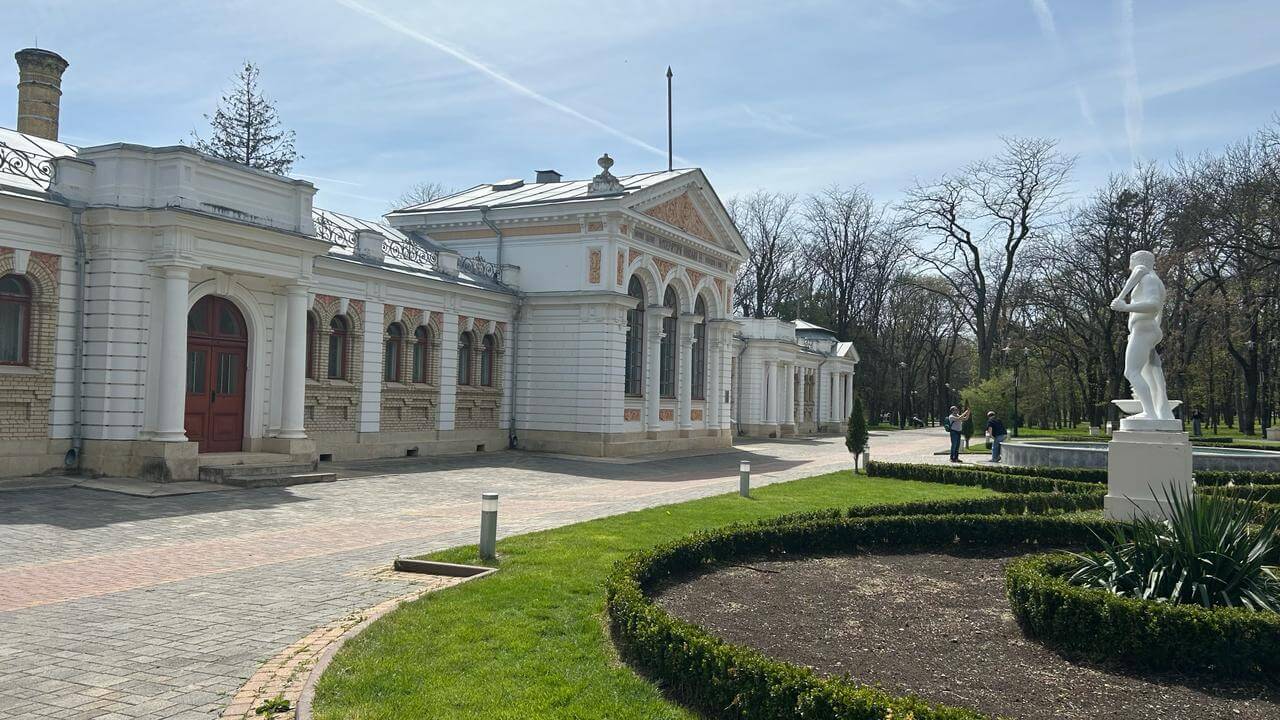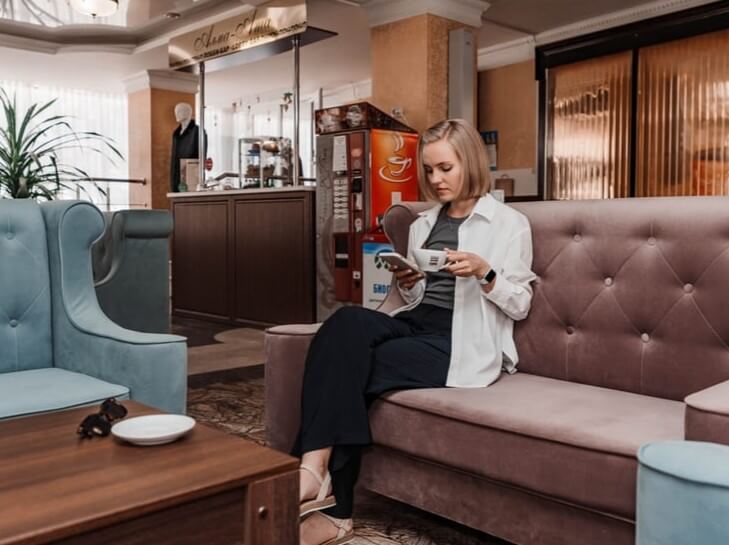The unique architecture of the city of Yessentuki – Upper Nicholas baths

The resort city of Yessentuki is interesting not only from the point of view of spa holidays. This relatively small cozy town has a lot of attractions that have made it famous throughout the country.
The Medical Resort Park, which in itself is a worthy and interesting place to explore and walk, houses a magnificent brick building. It was built in the style of Russian classicism using Baroque and Russian Empire elements. These are the Upper Nicholas baths.
Historical chronology of events
Since mineral waters were recognized as healing, they have been used for bathing. First used by locals, then by visitors of the resort. Initially, everything was rather simple: holes dug right there, near mineral springs, which were surrounded by a dilapidated fence. The tourists were given healing water directly to their homes. The healing water was heated with hot cannon shells.Then, in 1839, the first bath was built for the military, so far with only 2 baths. It is clear that the service soon became very popular, and already in 1895 N. V. Dmitriev, the architect of the Imperial Court, set to work. He was instructed to develop a draft design for a building for sulfur-alkali and mud procedures. Civil Engineer B. K. Pravdzik was responsible for the provision of technical equipment.
17.07.1898 is the official date of the opening of the Upper baths, or, as they are also called, Nicholas baths (in honor of Emperor Nicholas II).
The medical complex, both in the 19th century, when it was built, and today, in the 21st century, corresponds to well-known European analogues in terms of its functional parameters. And taking into account the characteristics of the healing Yessentuki mineral springs, the Upper baths can be considered unique.

The effect of procedures
- They have anti-inflammatory and analgesic effects.
- Normalize blood circulation.
- Stimulate metabolic processes in the body.
Upper baths today
- Open all year round.
- There are 71 cabins and 118 procedures in operation.
- About 2,000 treatments are available every day.
- Hydrogen sulfide and carbon dioxide water is used.
Interesting facts
- The Nicholas baths building has never been rebuilt, and the decoration has also remained the same.
- Long time ago bathing was only available to wealthy patients from the upper classes of society.
- The interior of the building is also luxuriously decorated.
- The Nicholas baths are among the monuments of federal significance.



